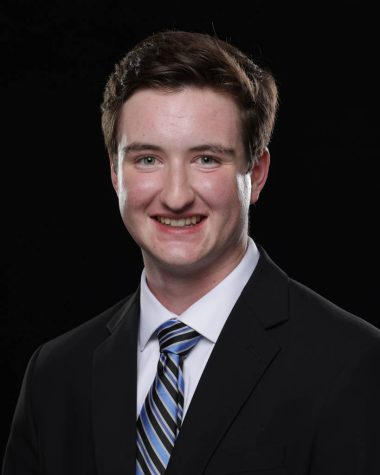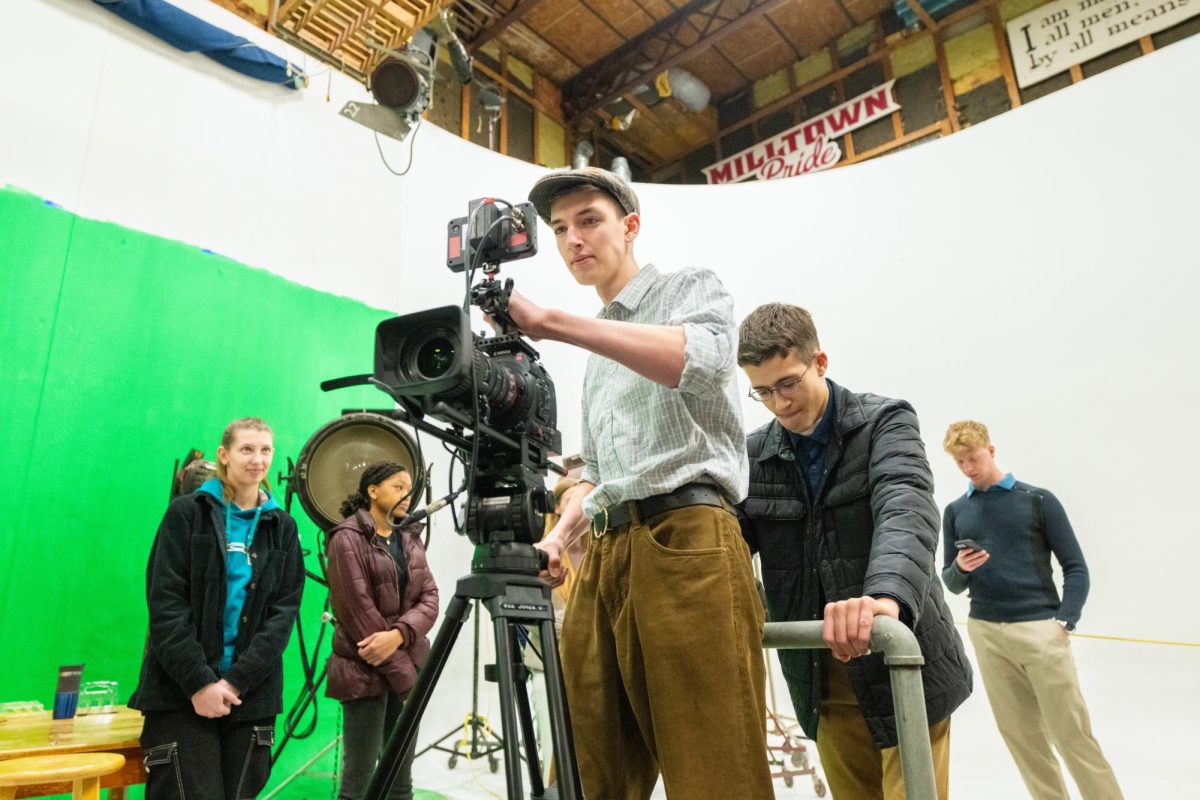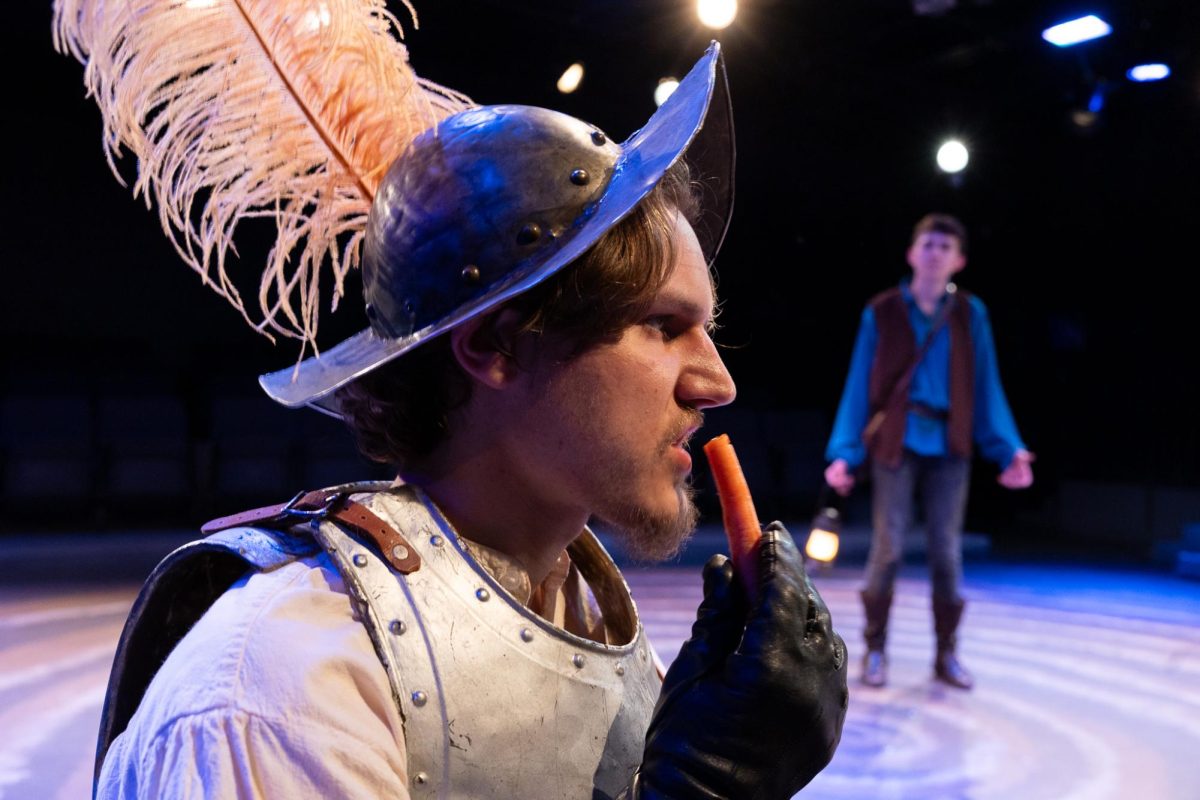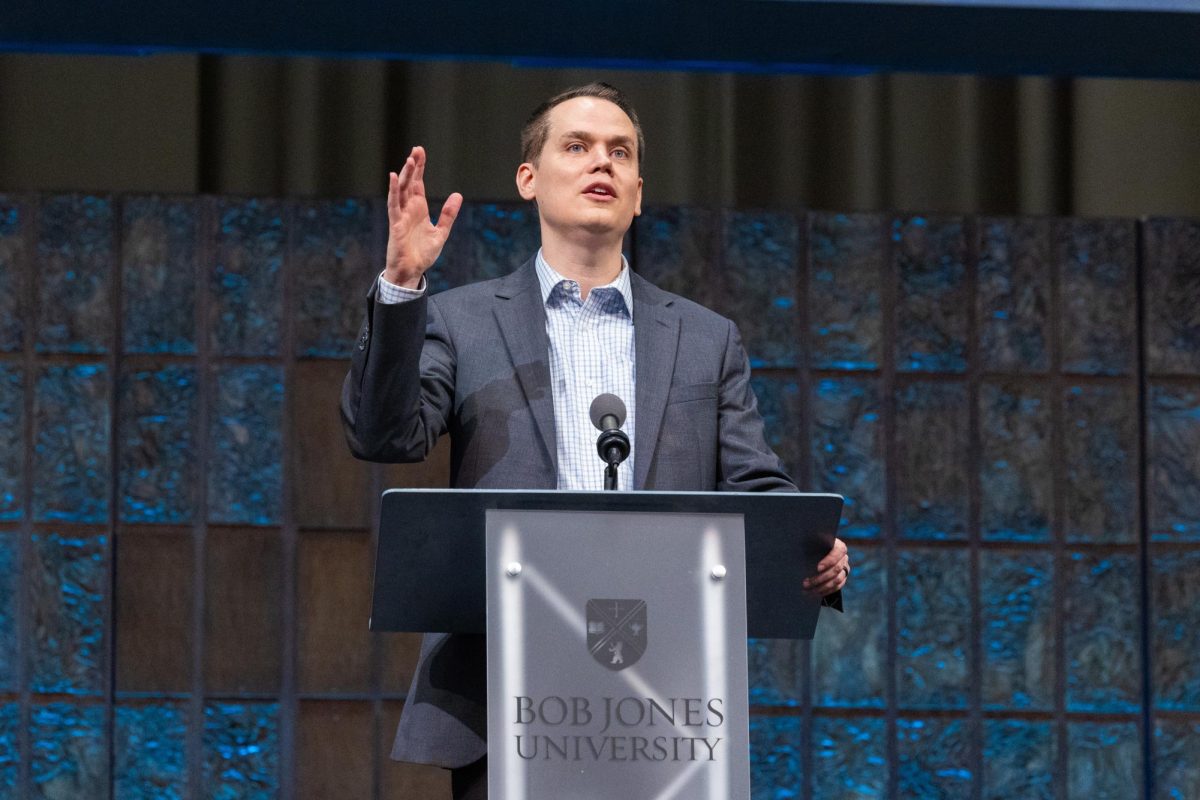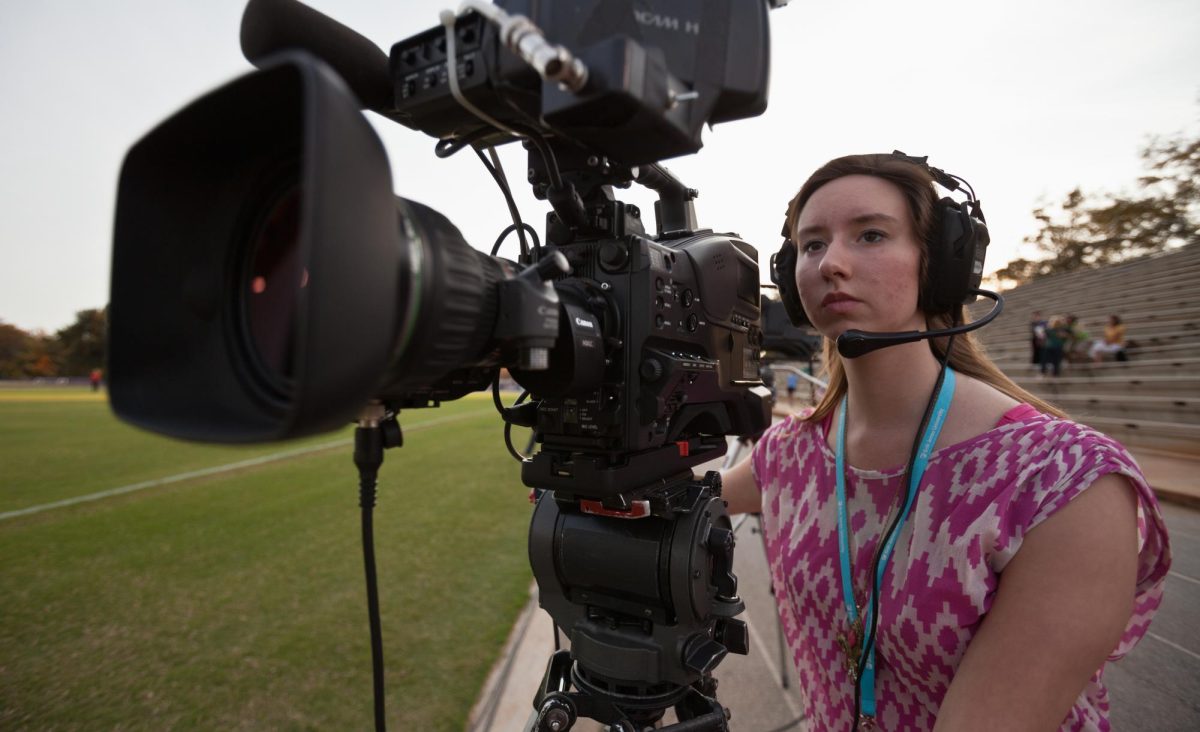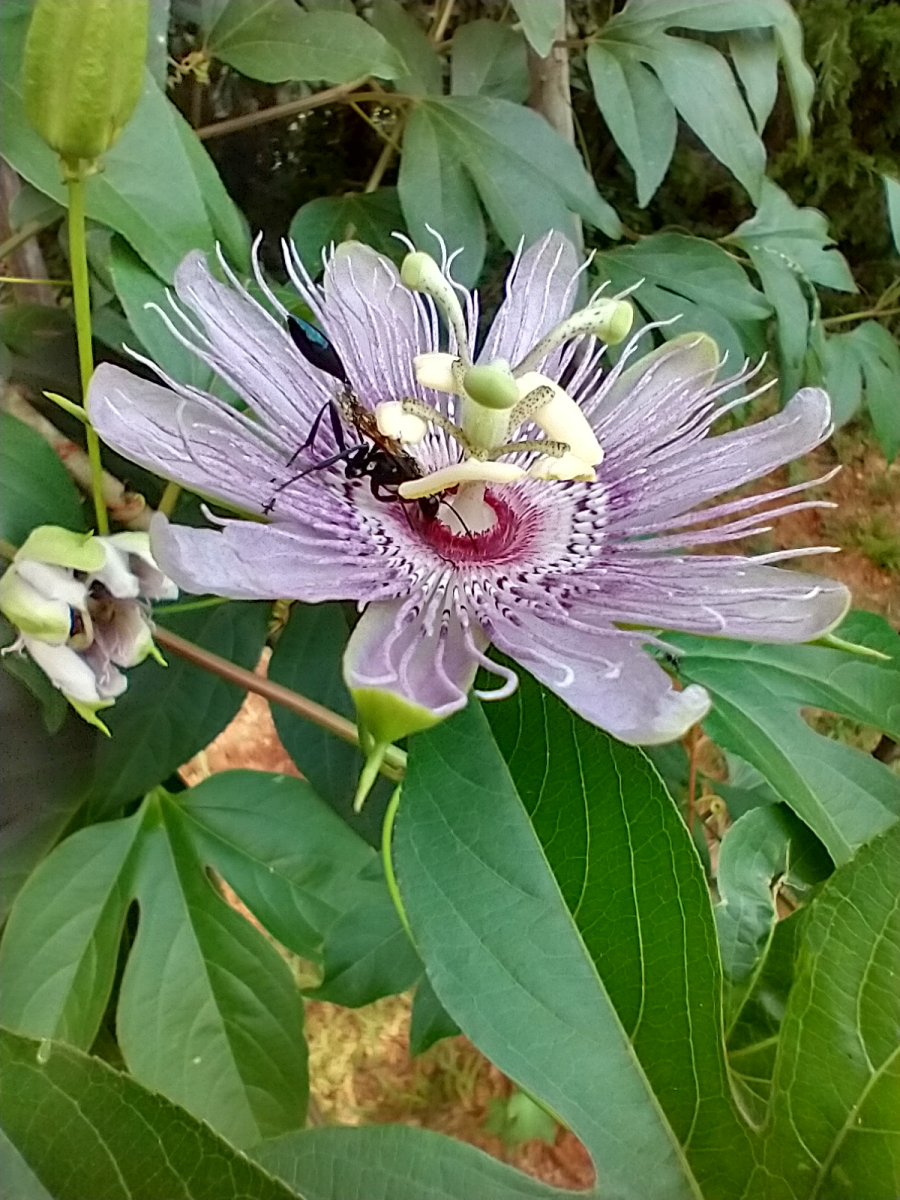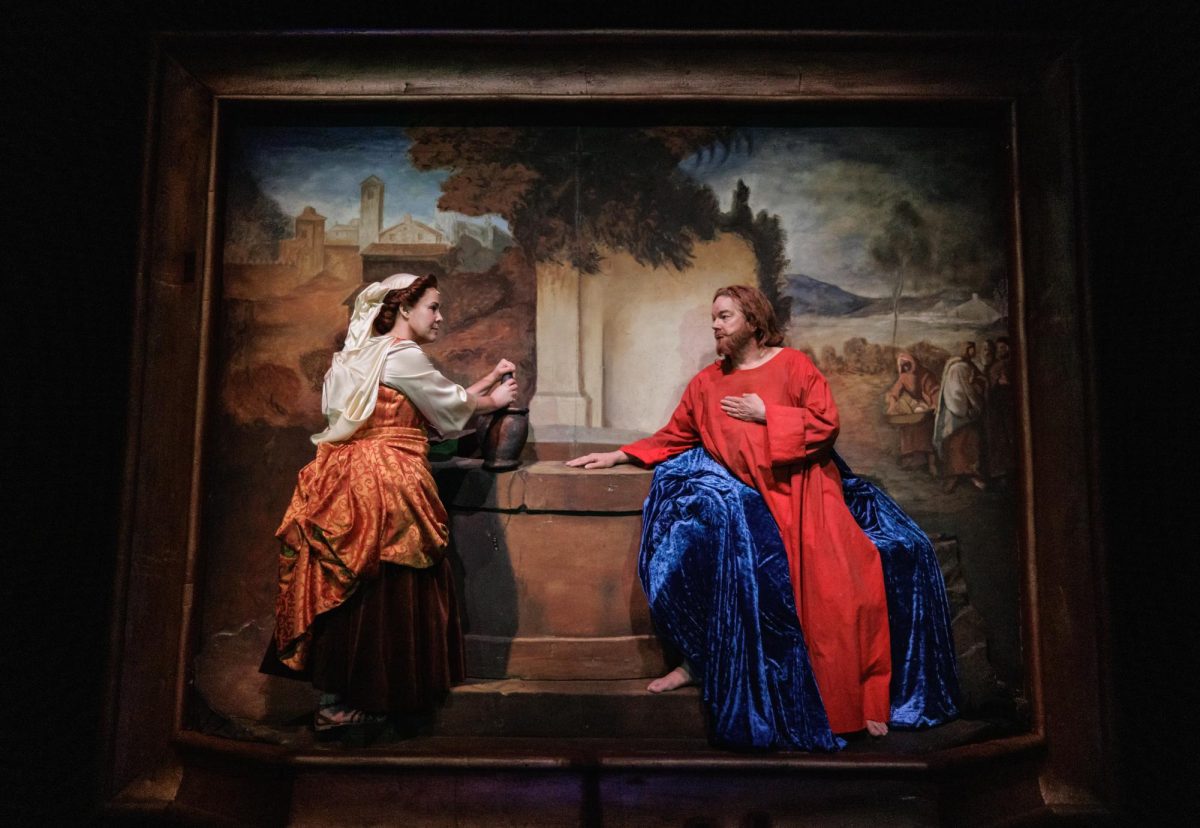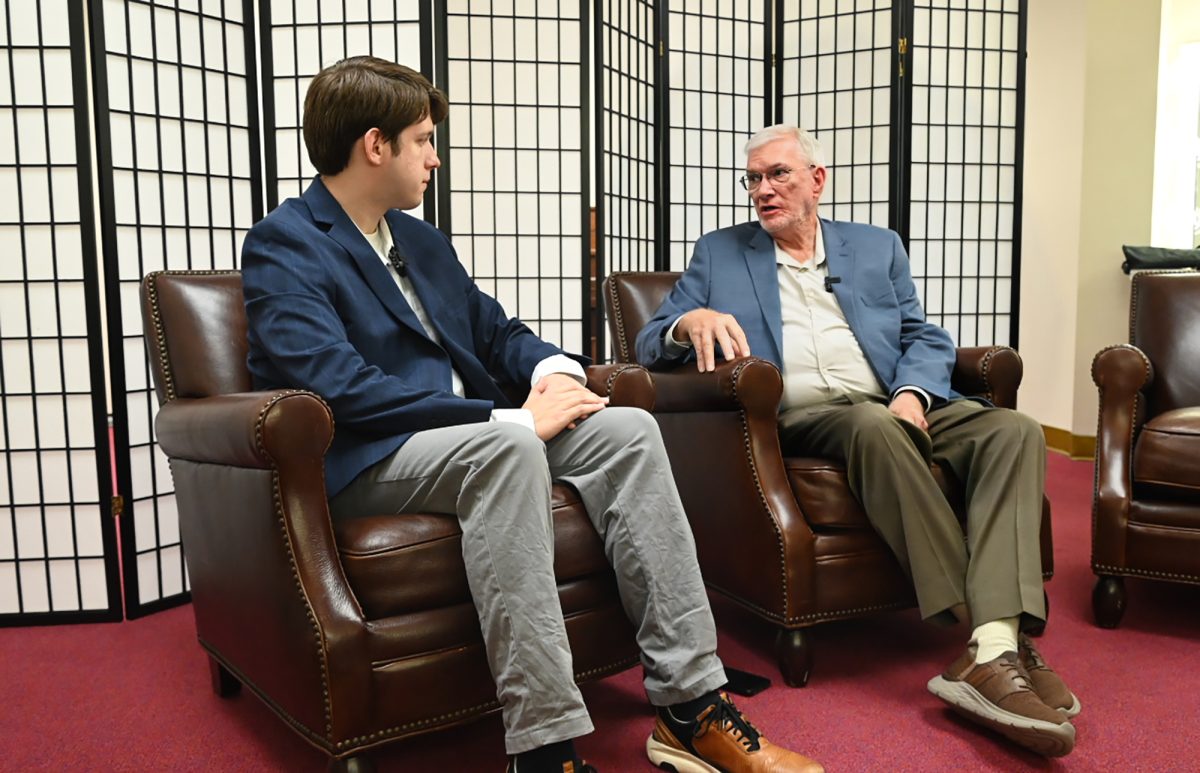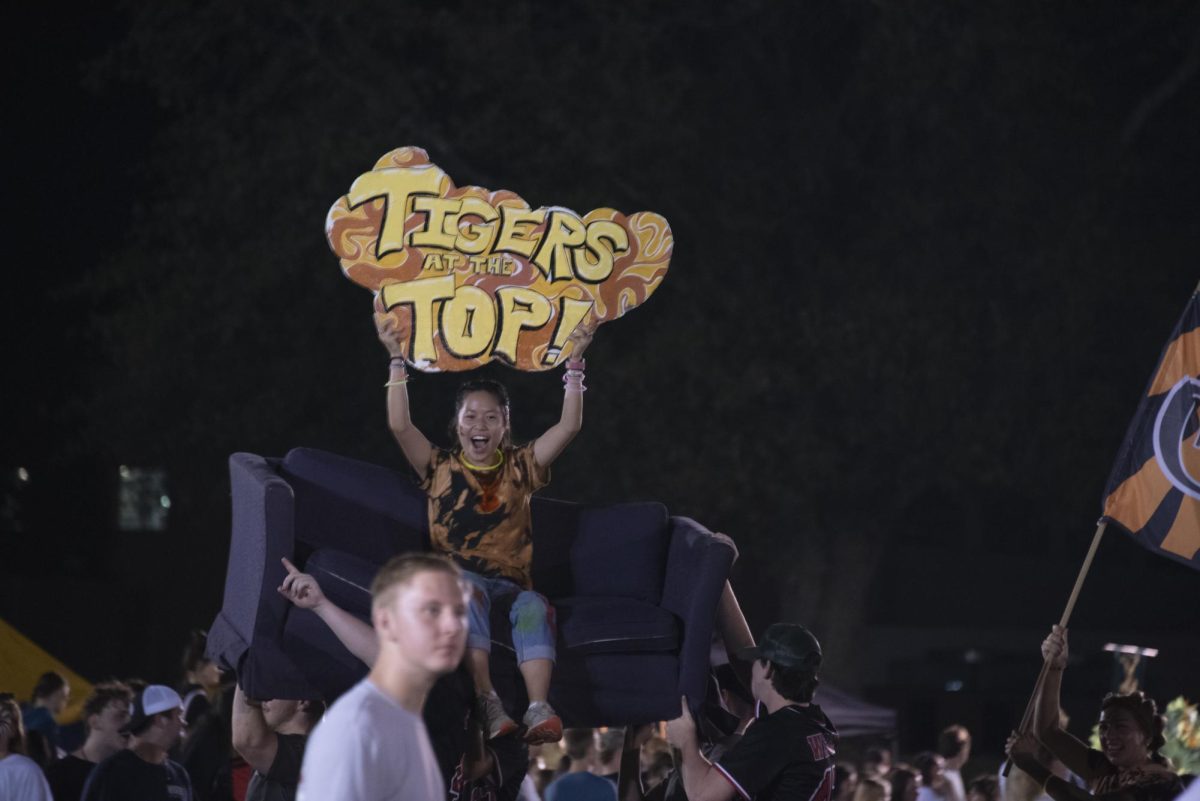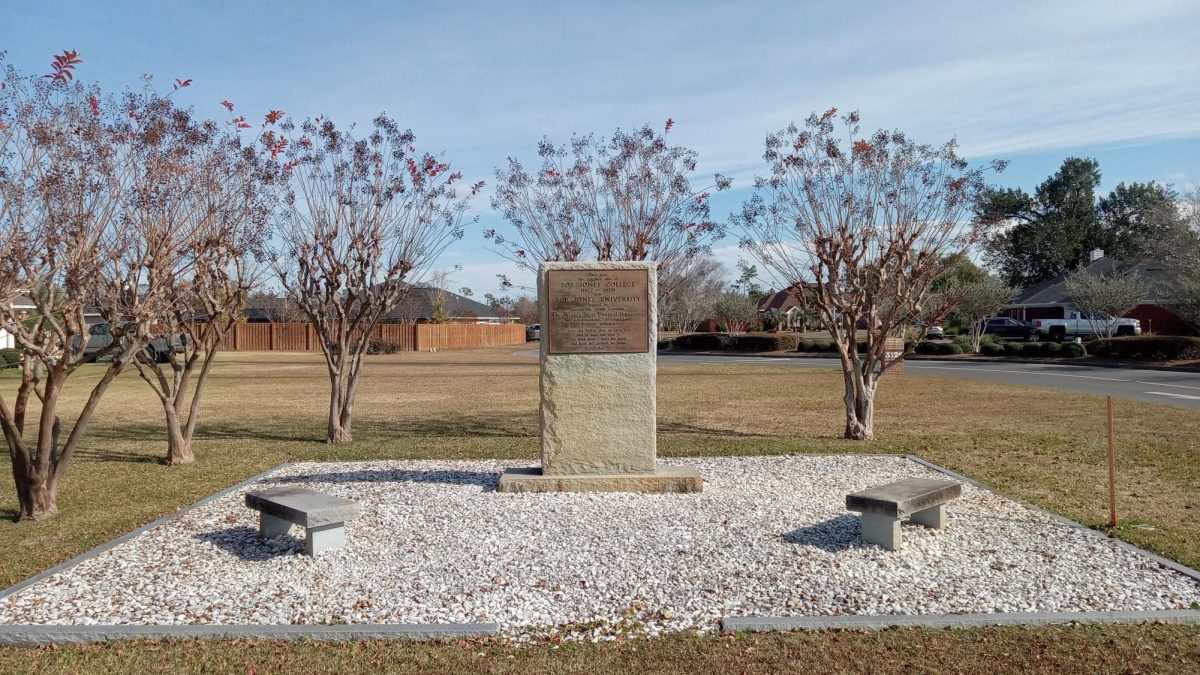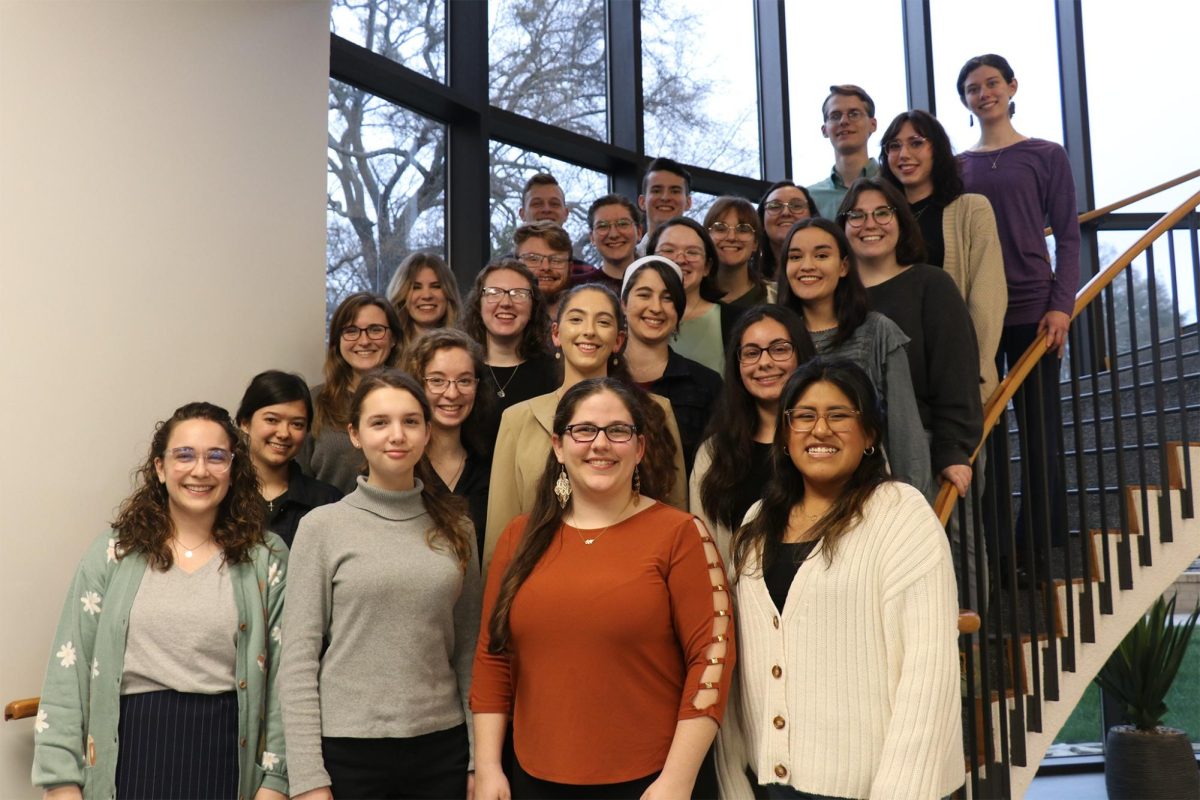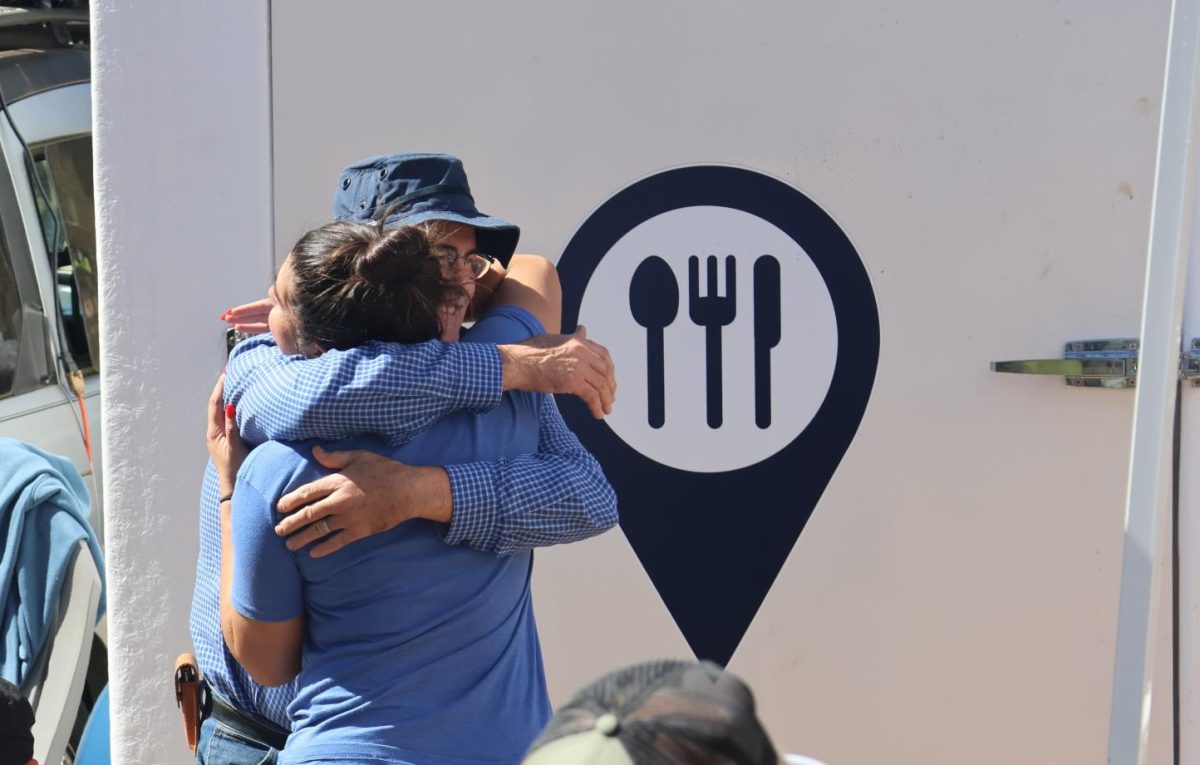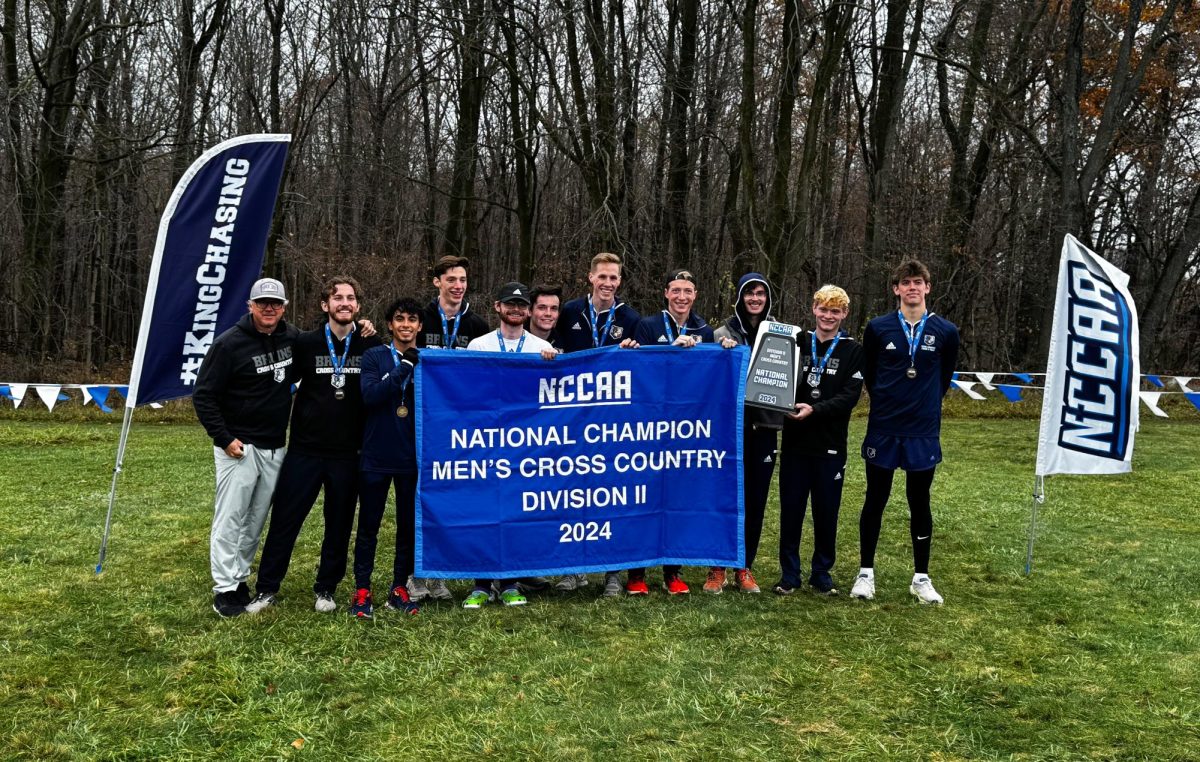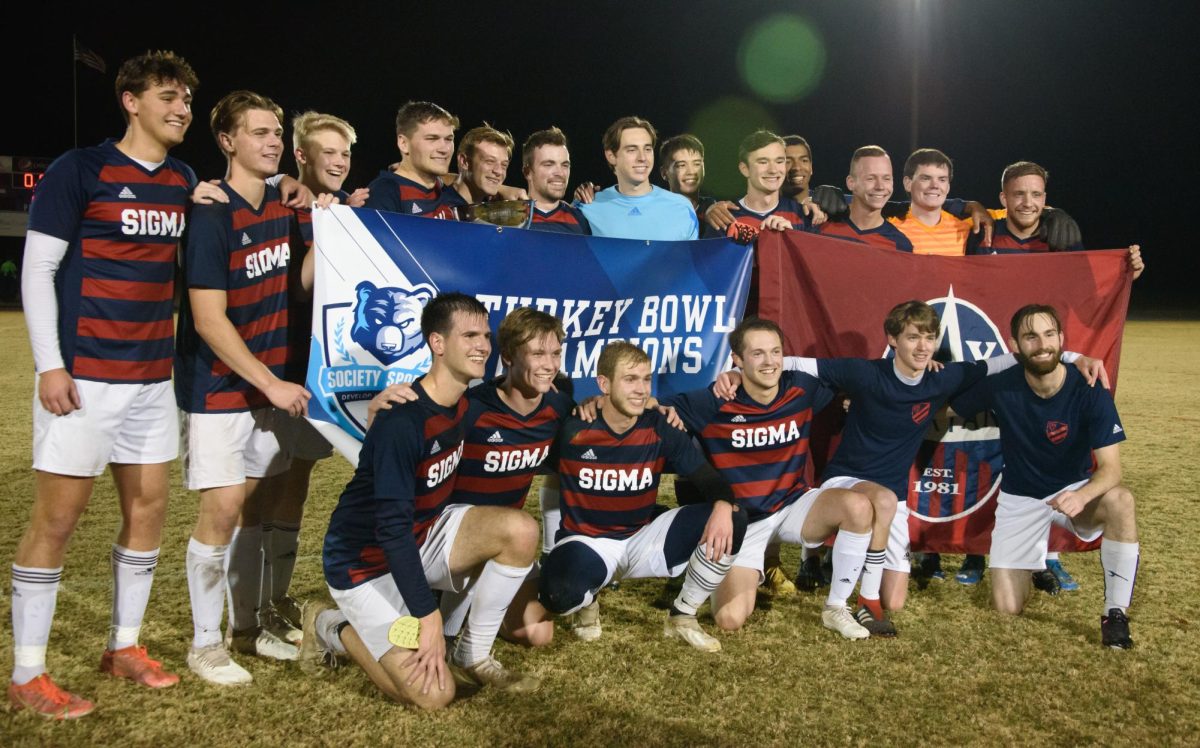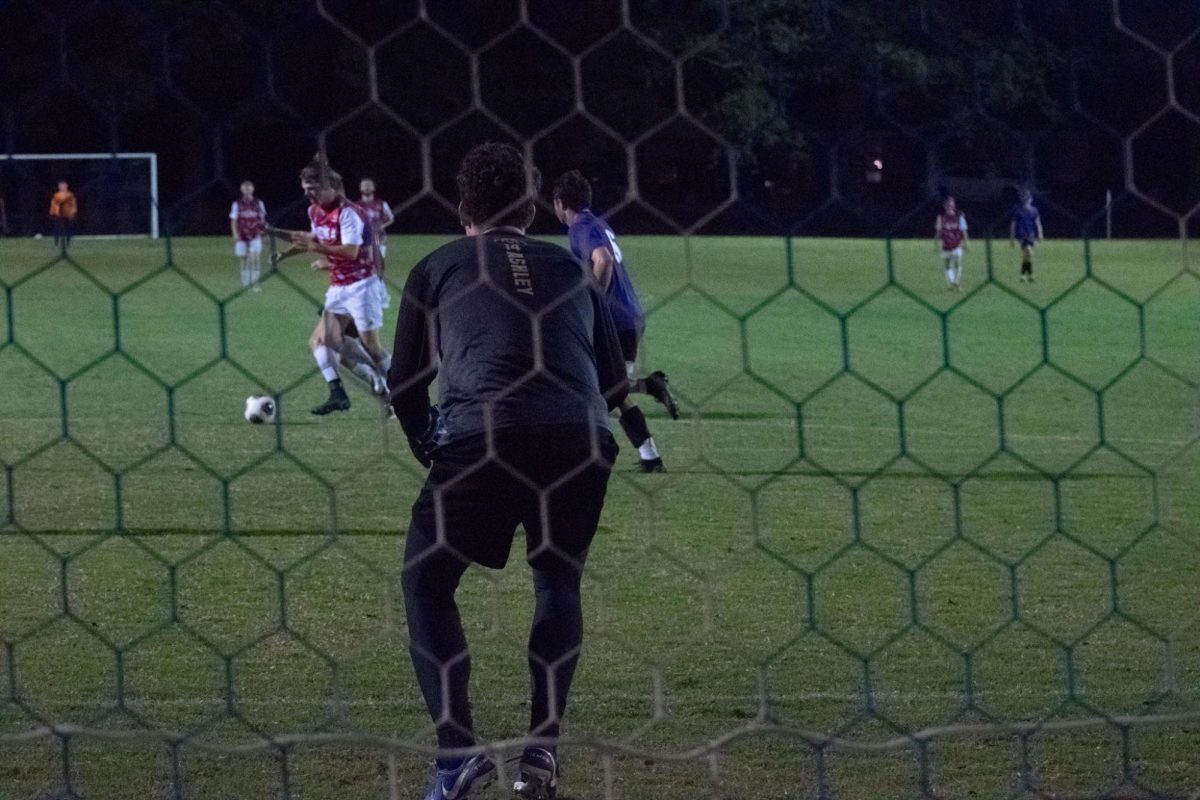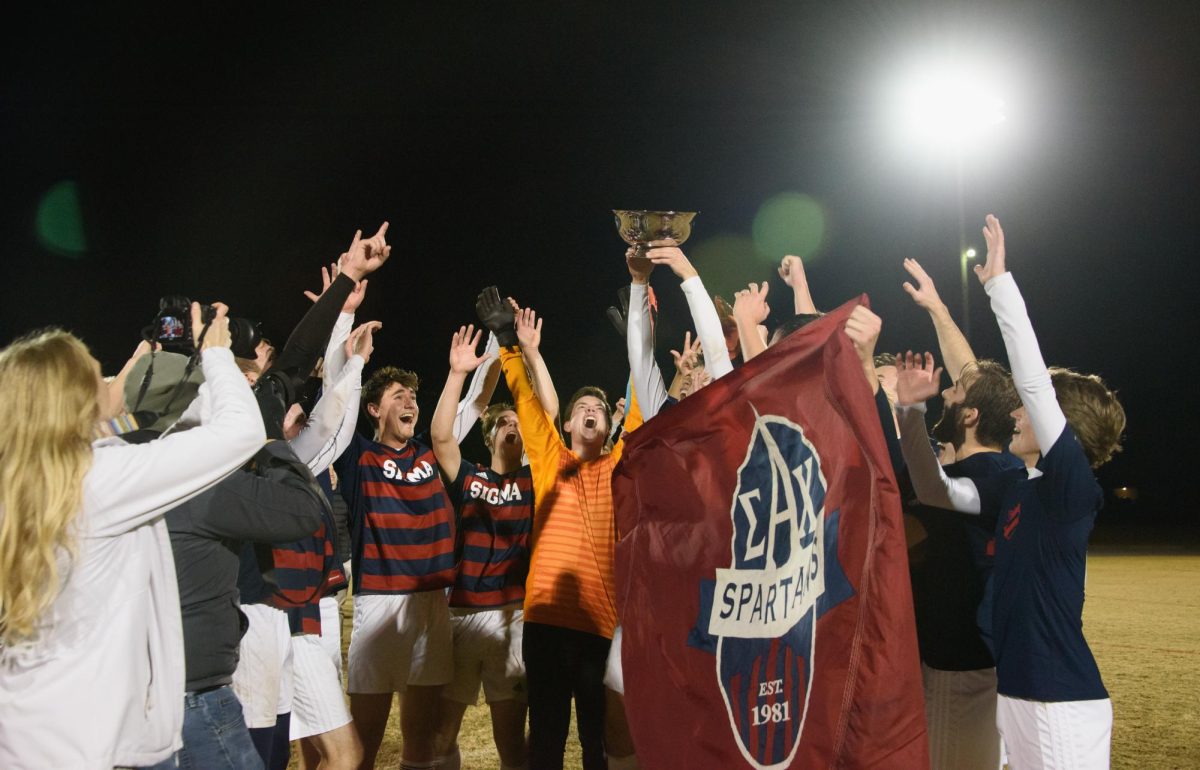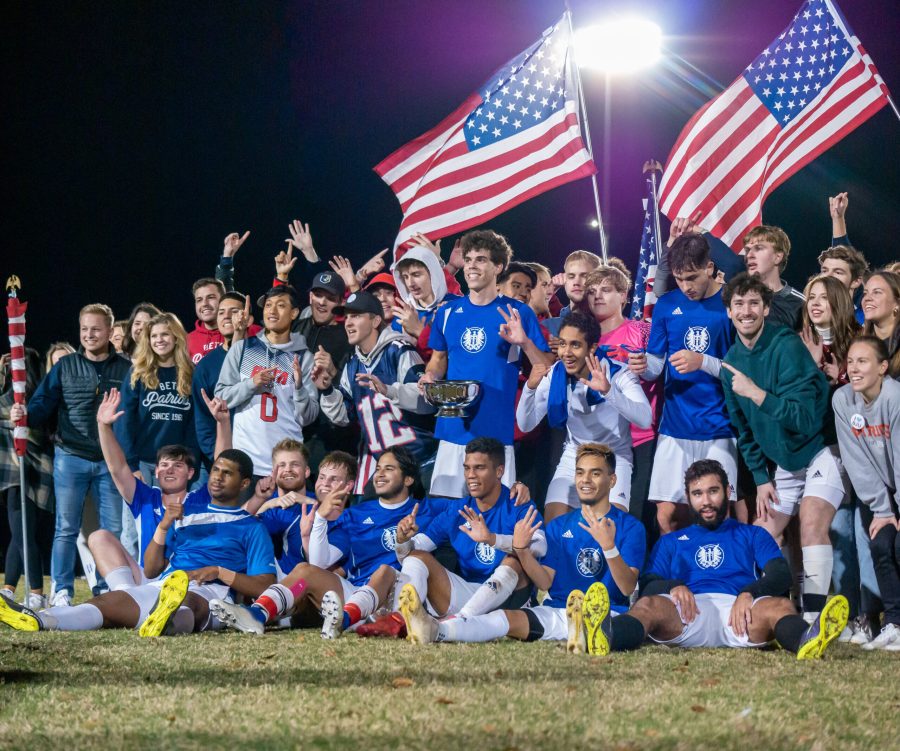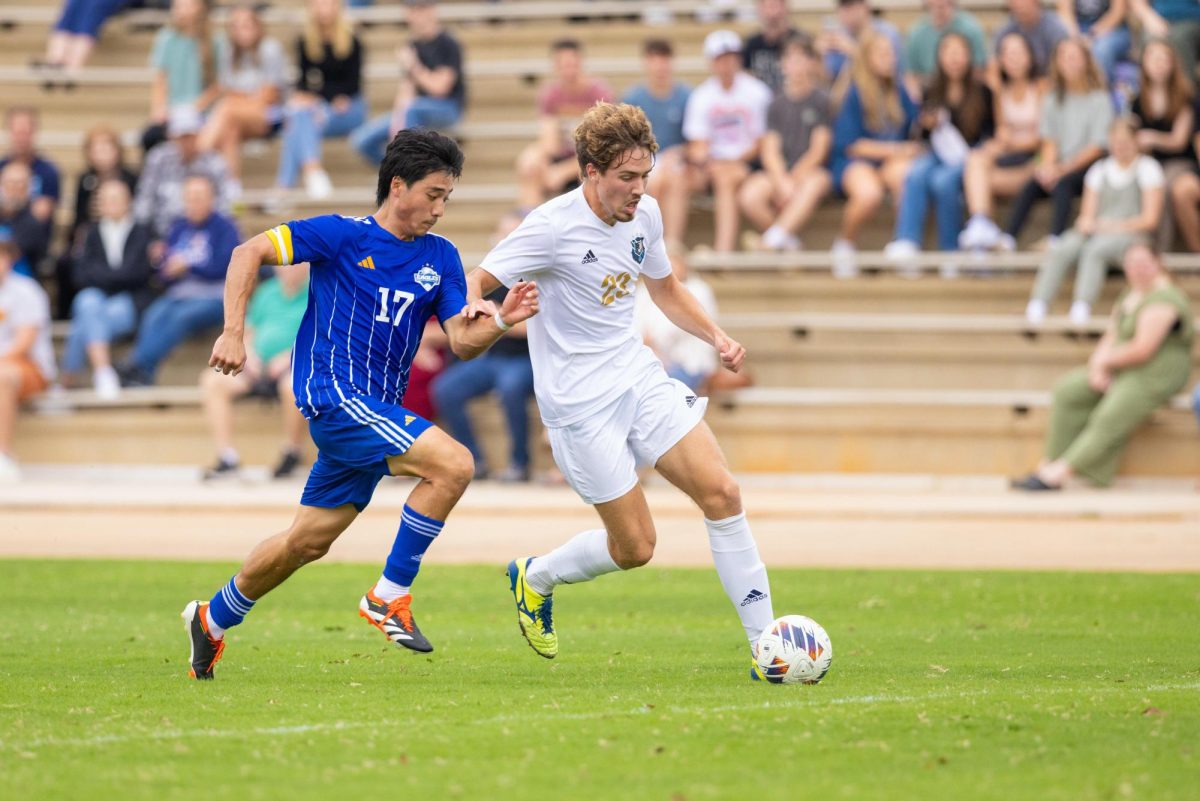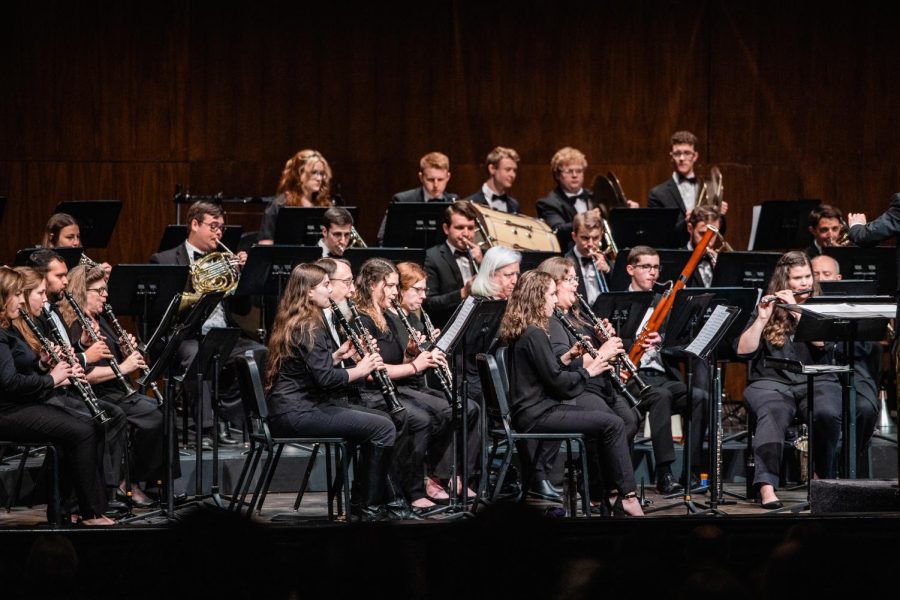Symphonic Wind Band Performs ‘Day and Night’
The Symphonic Wind Band is open to students of any major, although most of the members are music majors and graduate students.
The Symphonic Wind performed a concert titled Day and Night on April 14 in the Rodeheaver Auditorium. The concert centered on the theme of its title, with the songs focusing on the early morning hours and the darkness of night.
The performance began at 7 p.m., with an introduction by Bruce Cox, the director of the band.
The first piece performed was titled “Early Light.” The song started off quietly, but it quickly grew louder, evoking the feeling of the sunrise in the morning. The attendees also picked up on several sections of the piece that had parts of the National Anthem incorporated into the piece. One of the most interesting parts of the piece was the use of the slapstick, an instrument that mimic’s the sound of a baseball bat hitting a baseball. The entire piece was created to reflect America, from its incorporated parts of the National Anthem to the “baseball bat” sound.
“Sunrise at Angel’s Gate” was the second piece and also paid homage to America, with the inspiration for the song coming from the Grand Canyon. It was a very majestic piece, with not many subtle notes coming from the percussion section.
The third piece, “Music for the Royal Fireworks,” began with an explosive beginning before falling into a more majestic, almost courtly sound.
The second-to-last piece was “Serenity.” This one had an almost bleak tone, but it was also a very calm piece.
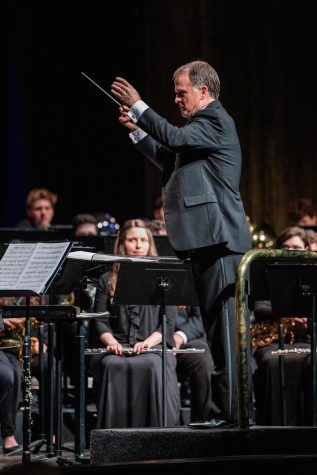
The final piece of the performance listed on the program was “Firefly.” This piece was based on the idea of how a child looks at the world with a simple mind. The composer wrote the song after he watched his daughters become intrigued by a firefly. Throughout the song, the simple notes created a sense of flying, a reference to the title.
An encore piece interrupted the supposed-ending of the concert applause. The name of this piece was “Transit of Venus,” a march song written by John Philip Sousa.
Hans Rathert, a freshman film and digital storytelling major who plays percussion in the band, described the meaning of the concert’s title. “It’s meant to talk about the contrast in the pieces. Just as the contrast between night and day, we’re playing some very fast, kind of loud, exciting pieces and some really slow pieces,” Rathert said.
Trevor Lyons, a freshman music education major who plays in the brass section of the band, explained how the music in the pieces were creating a painting. “What we’re going to be doing is kind of painting a picture of the sun rising.” Although music is an audio form of art, the notes can create a vivid mental picture.
